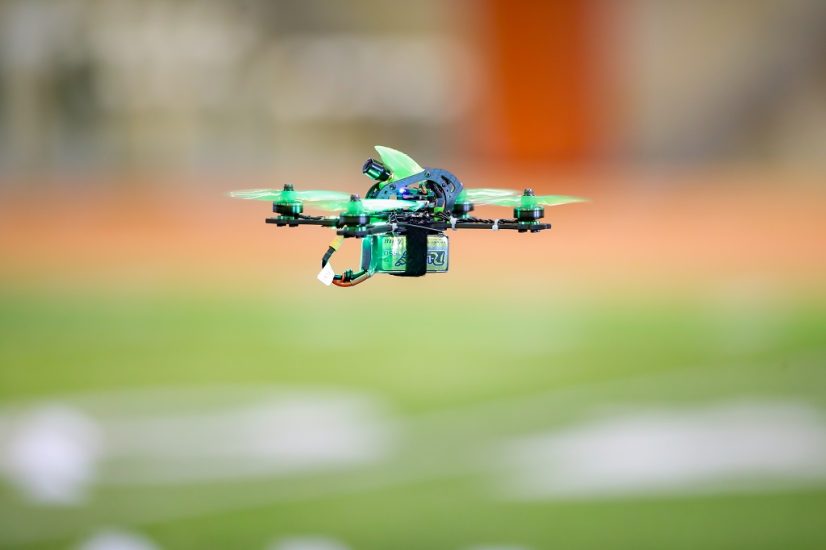The University of North Dakota’s John D Odergard School of Aerospace Sciences (UND) is among research establishments to receive a share of the Federal Aviation Administration (FAA) Alliance for System Safety of UAS through Research Excellence (ASSURE) funding. UND will continue its research into Right of Way rules using technologies associated with autonomous flight.
To support this effort, UND is working collectively with the University of Kansas and Embry-Riddle Aeronautical University using Iris Automation and Sagetech Avionics’ detect and avoid solutions for cooperative and noncooperative traffic within the Applied Aeronautics Albatross UAV platform.
The research will provide key insights for how the UAS pilot can make safe and effective decisions when receiving conflicting traffic alerts, and help define the operator’s responsibility for situational awareness for both cooperative and noncooperative aircraft. The goal is to eliminate any ambiguity and enhance safety considerations for various aircraft sizes, crewed or uncrewed.
Three separate geographical locations have been identified across the U.S. to test the Albatross UAV and other UAVs against various flight scenarios using different types of aircraft, crewed and uncrewed. Simulation and flight testing will be completed in 1½ years, with the report to be delivered to the FAA in 2023.
ASSURE aims to provide high-quality research and support to autonomy stakeholders to safely and efficiently integrate autonomous systems into the national and international infrastructure, thereby increasing commerce and overall public safety and benefit.
ASSURE is comprised of 25 of the world’s leading research institutions and more than a hundred leading industry and government partners.
Ultimately, this ASSURE research will help define the rules necessary for right-of-way traffic for autonomous aircraft to fly Beyond Visual Line of Sight (BVLOS), below 400 feet above ground level, within the national airspace system. These efforts may potentially assist in modifying the existing FAA rules for commercial UAS operations.
“It is exhilarating to see — and an honor to be a part of — ASSURE universities and the UAS industry, collaborating together to find solutions to integrate UAS into the national airspace system,” said Paul Snyder, the project lead and director of the UAS Program at UND.
For more information visit:
www.und.edu




